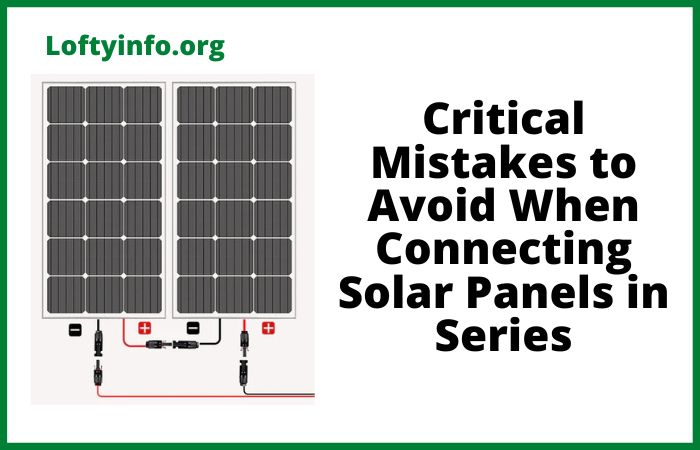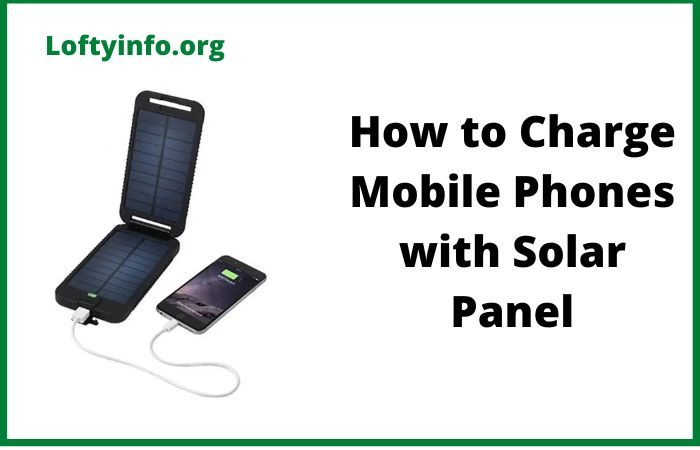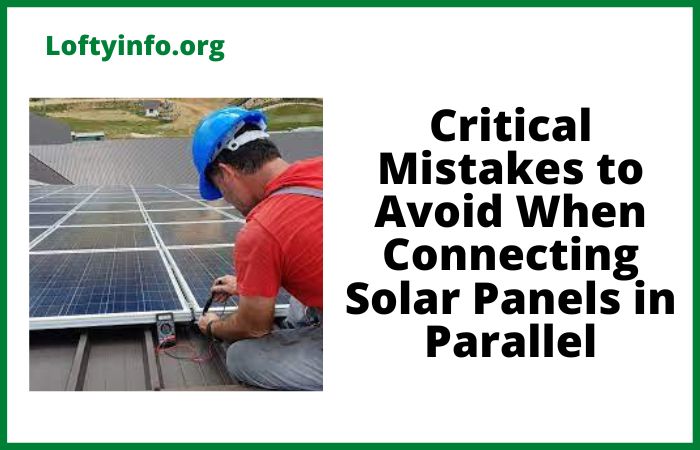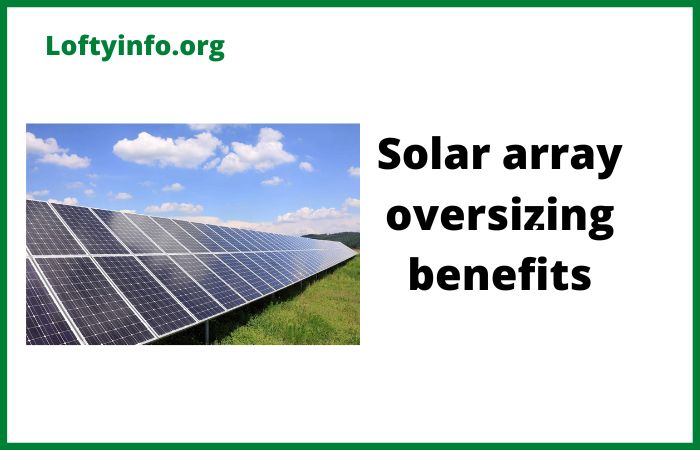6 Critical Mistakes to Avoid When Connecting Solar Panels in Series
When installing solar panels in series configuration, proper connections are crucial for optimal system performance, safety and longevity.
Series connections increase voltage while maintaining the same current, making them ideal for many residential and commercial solar installations.
Several common mistakes can dramatically reduce efficiency, create safety hazards or damage expensive equipment.
Understanding these pitfalls before beginning your installation can save thousands of dollars in repairs and ensure your solar system operates at peak performance for decades.
Here are the six most critical mistakes to avoid when connecting solar panels in series.
Mistakes to Avoid When Connecting Solar Panels in Series
1) Mixing Different Panel Specifications
One of the most detrimental mistakes in series solar panel installation is combining panels with different electrical specifications.
When panels with varying wattages, voltages or current ratings are connected in series, the entire string’s performance becomes limited by the weakest panel.
In series connections, current remains constant throughout the string while voltage adds up. If you connect a 300-watt panel producing 8 amps with a 250-watt panel producing 7 amps, the entire string will be limited to 7 amps.
This means your 300-watt panel will underperform significantly, essentially operating at reduced capacity.
The voltage mismatch creates additional problems.
Different panel voltages can cause reverse bias conditions, where higher-voltage panels force current backward through lower oltage panels, potentially damaging bypass diodes and reducing system lifespan.
To avoid this mistake, always use identical panels from the same manufacturer, model and preferably the same production batch when creating series strings.
Check the nameplate specifications carefully, ensuring matching voltage at maximum power point (Vmp), current at maximum power point (Imp) and overall wattage ratings.
2) Ignoring Maximum System Voltage Limits
Solar installers frequently overlook critical voltage calculations when determining how many panels to connect in series.
Every component in your solar system including inverters, charge controllers and wiring has maximum voltage ratings that must never be exceeded.
When panels are connected in series, their voltages add together.
For example, five 40-volt panels in series create a 200-volt string.
However, panel voltage varies significantly with temperature often increasing by 20-30% in cold conditions.
That same 200-volt string might produce 250-260 volts on a cold winter morning.
Exceeding component voltage ratings can cause immediate equipment failure, void warranties and create dangerous conditions.
Inverters may shut down permanently, charge controllers can be damaged beyond repair, and wiring insulation may fail, creating fire hazards.
Before designing your series configuration, carefully review all component specifications and calculate maximum possible voltage under worst-case temperature conditions.
Use manufacturer-provided temperature coefficients and local weather data to determine the lowest expected ambient temperature.
Always include a safety margin of at least 20% below maximum rated voltages.
3) Improper Wire Sizing and Connection Methods
Undersized wiring is a dangerous and costly mistake that affects both safety and performance in series solar installations.
As current flows through undersized conductors, resistance increases, generating heat and reducing power transfer efficiency.
This heat buildup can damage wire insulation, create fire hazards and significantly reduce system performance.
Series connections require careful attention to wire gauge selection based on current capacity, voltage drop calculations and environmental factors.
Many installers make the error of using residential household wiring standards, which are inadequate for outdoor solar applications exposed to UV radiation, temperature extremes and moisture.
Connection quality is equally critical. Loose or corroded connections create high-resistance points that generate heat, reduce power transfer and can lead to arcing.
Using inappropriate connectors, such as standard electrical wire nuts instead of weatherproof MC4 connectors, exposes connections to moisture infiltration and corrosion.
Select wire gauge based on the highest current your series string will produce, considering temperature derating factors for outdoor installations.
Use only solar-rated cables with proper UV resistance and temperature ratings.
Ensure all connections are tight, weatherproof and use appropriate connector types designed for solar applications.
4) Neglecting Bypass Diode Protection and Shading Issues
Shading represents one of the most significant performance killers in series solar configurations, yet many installers fail to properly address its impact during system design. When even a small portion of one panel in a series string becomes shaded, it can reduce the output of the entire string dramatically.
In series connections, the shaded panel acts like a resistor, forcing the entire string’s current through a high-resistance path.
This not only reduces power output but can cause dangerous hot spot formation, potentially leading to panel damage or fire.
The shaded panel may also experience reverse bias, where current from other panels flows backward through it, creating additional heat and stress.
Bypass diodes, typically integrated into modern solar panels, provide some protection by creating alternate current paths around shaded cells.
However, these diodes have limitations and cannot completely compensate for significant shading issues.
Some installers mistakenly rely entirely on bypass diodes without addressing shading through proper system design.
Conduct thorough shade analysis during all seasons before finalizing panel placement.
Use tools like Solar Pathfinder or software modeling to identify potential shading sources including trees, buildings, chimneys and other obstructions.
Position series strings to minimize shading impact, and consider alternative connection methods like power optimizers or microinverters for installations with unavoidable shading challenges.
5) Inadequate Grounding and Electrical Safety Measures
Electrical safety violations in series solar installations can have fatal consequences, yet many DIY installers and even some professionals cut corners on proper grounding and safety measures.
Series connections create higher voltages than individual panels, increasing shock hazards and requiring more stringent safety protocols.
Improper equipment grounding is a common and dangerous mistake.
All metallic components, including panel frames, mounting rails and electrical enclosures, must be properly bonded and connected to the grounding electrode system.
Failure to maintain proper grounding can result in shock hazards, equipment damage from electrical surges, and code violations that void insurance coverage.
Many installers also neglect rapid shutdown requirements mandated by electrical codes. Series strings can maintain dangerous voltages even when the main system is turned off, creating hazards for emergency responders and maintenance personnel.
Modern installations must include rapid shutdown devices that quickly reduce string voltages to safe levels.
Follow all applicable electrical codes, including NEC Article 690 for solar installations.
Install proper equipment grounding conductors, ensure all metallic components are bonded, and include appropriate rapid shutdown devices.
Consider hiring a licensed electrician for the electrical connections if you’re not familiar with high-voltage DC safety procedures.
6) Poor System Monitoring and Maintenance Planning
The final critical mistake involves failing to implement proper monitoring systems and maintenance procedures for series-connected solar panels.
Without adequate monitoring, performance issues, equipment failures or safety problems may go undetected for months or years, resulting in significant energy losses and potential safety hazards.
Series strings are particularly vulnerable to cascading failures. When one panel in a string begins underperforming due to soiling, damage or degradation, it affects the entire string’s output.
Without string-level monitoring, identifying the problematic panel becomes extremely difficult and time-consuming.
Many installers focus solely on overall system production monitoring, missing critical component-level issues.
String-level monitoring at minimum allows quick identification of underperforming strings while panel-level monitoring provides the most detailed performance insights.
Implement monitoring systems appropriate for your installation size and complexity.
For residential systems, string-level monitoring may be sufficient while larger commercial installations benefit from panel-level monitoring.
Establish regular maintenance schedules including visual inspections, performance analysis and cleaning protocols.
Document all system specifications, wiring diagrams and component locations for future troubleshooting and maintenance.
Conclusion
Successfully connecting solar panels in series requires careful attention to electrical specifications, safety protocols and long-term performance considerations.
By avoiding these critical mistakes like mixing panel specifications, ignoring voltage limits, using improper wiring, neglecting shading analysis, skipping safety measures and inadequate monitoring you’ll ensure your solar installation operates safely and efficiently for decades.
Remember that solar installations involve high voltages and complex electrical systems. When in doubt, consult with licensed professionals who can ensure your system meets all safety codes and performance expectations.
Proper planning and installation techniques will maximize your solar investment while providing reliable clean energy for years to come.
How to solve inverter no power output problem
Magnum dimensions csw1012 troubleshooting
Critical mistakes to avoid when connecting solar panels in parallel






